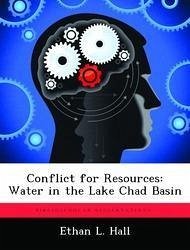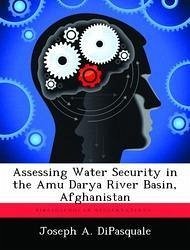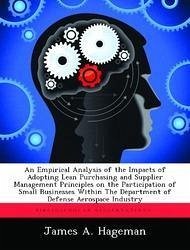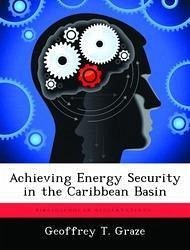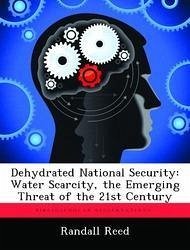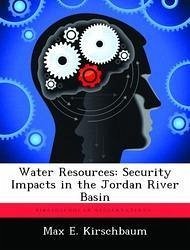
Water Resources: Security Impacts in the Jordan River Basin
Versandkostenfrei!
Versandfertig in über 4 Wochen
52,99 €
inkl. MwSt.

PAYBACK Punkte
26 °P sammeln!
Many regional experts regard the Jordan River basin as the most likely flashpoint for conflict in the Middle East. Water is entangled in basin tensions because it has become the most precious resource. The 360-kilometer transnational Jordan River, its tributaries, and a handful of aquifers are the only sources of fresh water to sustain life, agriculture, and industry. Today, politicians and water experts alike recognize the strategic importance of water as a limited resource. Israel, the Occupied Territories, and Jordan fully use or exceed their renewable annual water supplies. The water probl...
Many regional experts regard the Jordan River basin as the most likely flashpoint for conflict in the Middle East. Water is entangled in basin tensions because it has become the most precious resource. The 360-kilometer transnational Jordan River, its tributaries, and a handful of aquifers are the only sources of fresh water to sustain life, agriculture, and industry. Today, politicians and water experts alike recognize the strategic importance of water as a limited resource. Israel, the Occupied Territories, and Jordan fully use or exceed their renewable annual water supplies. The water problem will grow even more severe over the next decade as governments deal with Palestinian autonomy, Jewish immigration, and refugee resettlement issues. This paper examines how water impacts security in the Jordan River basin and the extent technology can help solve the problem. The findings and conclusions are based on a literature review of materials published primarily since 1993. The obstacles to solving the water crisis are significant but not insurmountable. History, management by state boundaries, international law, Islamism and Zionism, and agricultural self-sufficiency have effectively blocked mutually beneficial water development schemes. Solutions must be framed in the context of these obstacles. This paper concludes that desalination, wastewater reclamation, and interbasin transfers are three of the most promising supply-side technological solutions.





